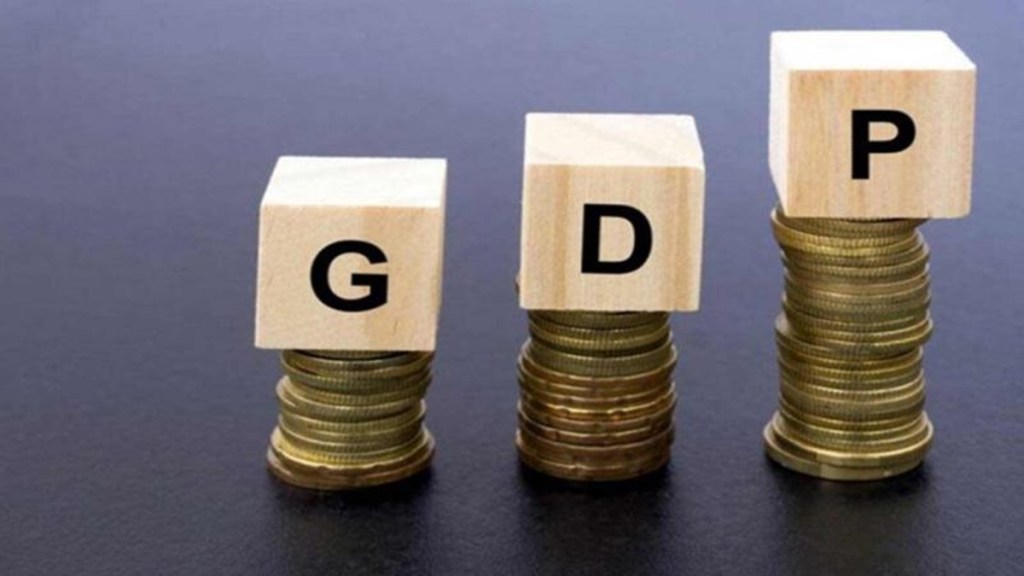– By Dr Rumki Majumdar
The recent GDP growth figures of 5.4% for the quarter have caught markets off guard, falling significantly below expectations of 6.5% and the Reserve Bank of India’s projection of 6.8%. While concerns about a slowing economy were already on the horizon—amid muted industrial output, sluggish credit growth, persistent inflation, and weak urban consumption—the depth of the slowdown came as a surprise.
However, it’s essential not to let the headline numbers overshadow the nuanced story beneath. GDP is just one lens to evaluate economic health, and this quarter reveals resilience worth noting.
Decoding the GDP growth slowdown
Slowdown in investments and exports were key factors weighing on the economy. Gross fixed capital formation, a key driver of economic growth, slowed down to 5.4% YoY. This was partly due to slower government capex utilisation, which was at 37.3% in H1 FY2025, lower than the previous year’s 49%.
Geopolitical uncertainties and disruptions in global supply chains, particularly in the Red Sea region, have continued to weigh on exports. Petroleum product exports have experienced a consistent decline across all three months of the quarter, averaging a ~30% contraction. As a result, total export growth slowed to 2.8%.
On the production side, Gross Value Added (GVA) grew by 5.6% in Q2 FY2025, down from 6.8% in the previous quarter, primarily due to poor performance in the secondary sector. The slowdown in the industry sector was somewhat expected as the Index of Industrial Production (IIP) showed signs of slowing across multiple sectors, particularly in mining and electricity. Mining contracted by 0.1%, electricity and other utilities grew by just 3.3% YoY (a sharp decline from the previous quarter’s 10.4% growth). Growth in manufacturing was modest at 2.2% YoY (down from 7%), while the construction sector exhibited growth at 7.7%, slowest since Q4 FY2022.
There’s more than meets the eye
Amid growth slowdown, there were a few emerging trends that pointed to inert resilience.
First, agricultural growth reached a five-quarter high of 3.5%, thanks to the favourable monsoon rains. The growth in FMCG sector did point to rural demand resilience earlier and so did the consistent decline in employment demanded under MGNREGA scheme. With the expectation that the Kharif crop produce is likely to be healthy (as indicated by the Agriculture ministry based on sowing data reported by States), this resilience may continue in the quarters ahead. Improved agriculture output will further strengthen rural demand resilience, and boost rural consumption, especially as the festive season approaches.
The services sector performed well, with a robust 7.2% growth. This positive development is particularly encouraging, given the sector’s significant contribution to India’s GDP and employment. Strong growth in public administration, defense, and other services (9.1%) played a crucial role in this growth, alongside healthy performance in finance, insurance, real estate, and business services (7.2%). Services exports grew by an impressive 21.3% YoY. Between April and October 2024, total services exports stood at $216 billion, compared to $192 billion during the same period in the previous year, driven largely by growth in IT and business services. This segment of services plays an important role in determining the urban middle-income class spending.
Third, there is a silver lining in the export sector, with manufacturing products higher up the value chain, such as electronics, engineering goods, and chemicals witnessing robust growth and their share in total exports growing fast upto 30% in total exported goods. Besides, lending to MSMEs have gone up consistently in the past few months, and they contribute significantly to exports.
Balancing act: Leveraging fiscal space to boost domestic demand
Given that this is the last GDP data released before the centre announced its budget for FY2026, the government may focus on strengthening domestic demand. The fiscal deficit for Q2 FY2025 was recorded at -4.4% of GDP, accounting for 29.4% of the budget estimate, which is approximately 10% lower than the same period last year. This gives the government some elbow room to ramp up spending to boost demand.
During H1 FY25, the centre’s capital expenditure is merely 37.3% of full year budget estimates. Therefore, a significant uptick in government spending is expected in the second half to meet budgetary targets, which may provide additional economic support and boost investment by crowding in private investments.
The economic outlook for the second half looks promising, with strong performance in the service sector and the anticipated acceleration of government fiscal spending paving the way for a more balanced and sustainable recovery.
(Dr Rumki Majumdar is Economist at Deloitte India.)
(Disclaimer: Views expressed are personal and do not reflect the official position or policy of Financial Express Online. Reproducing this content without permission is prohibited.)
